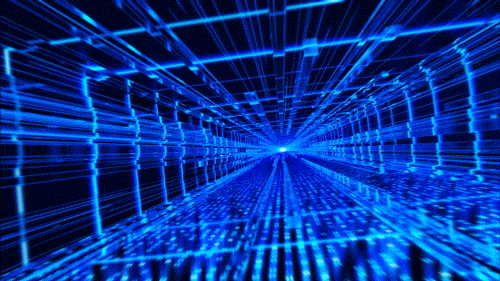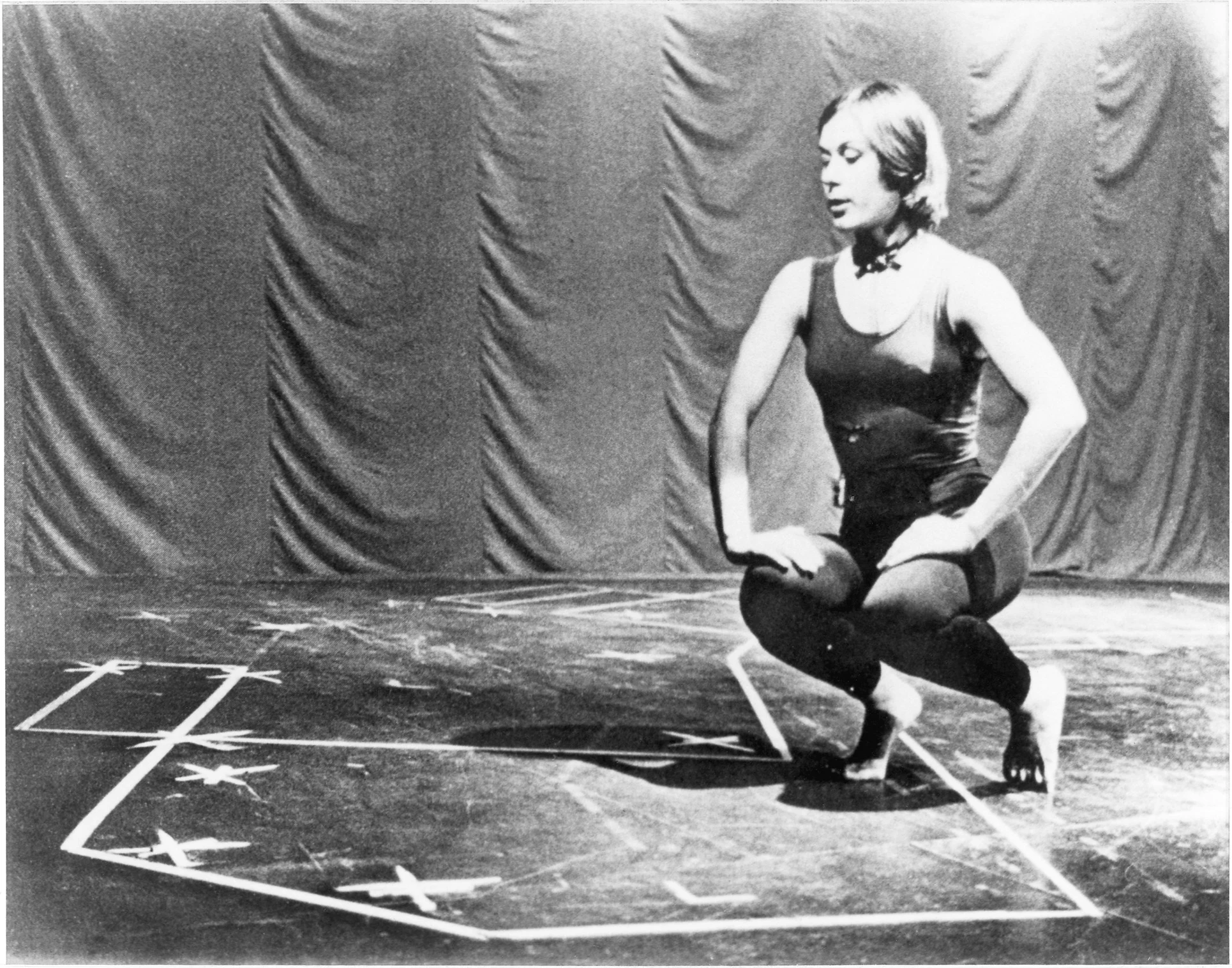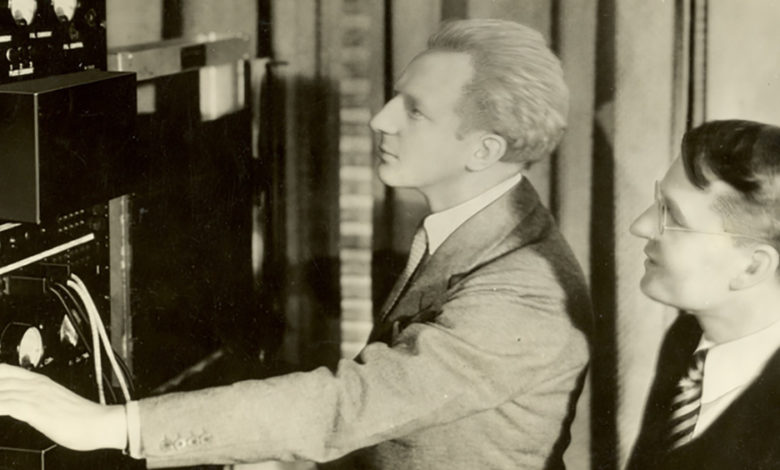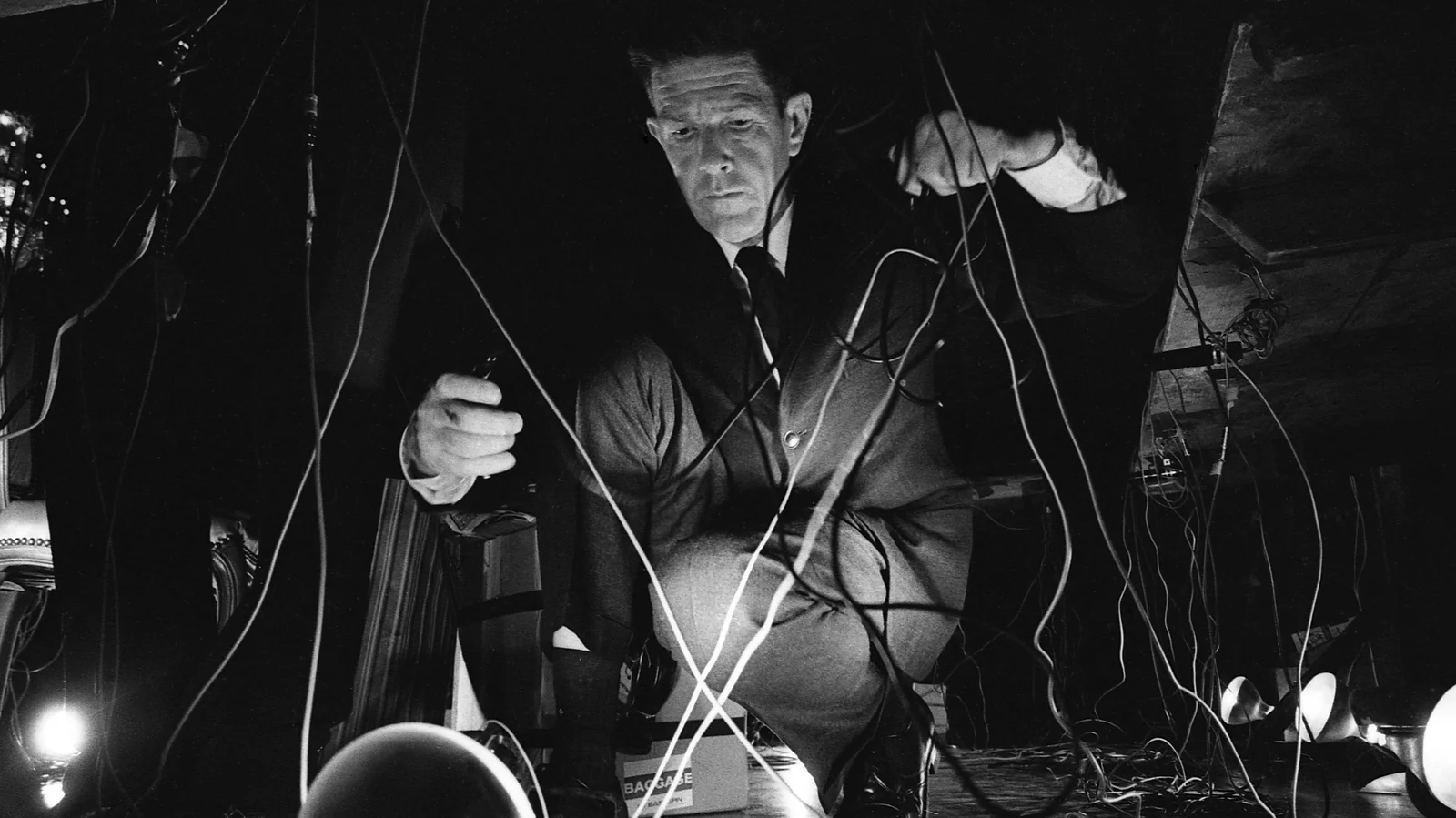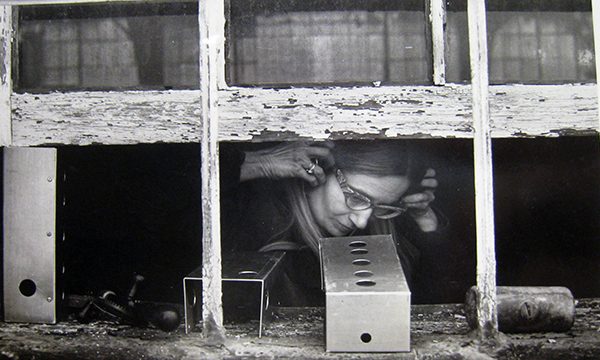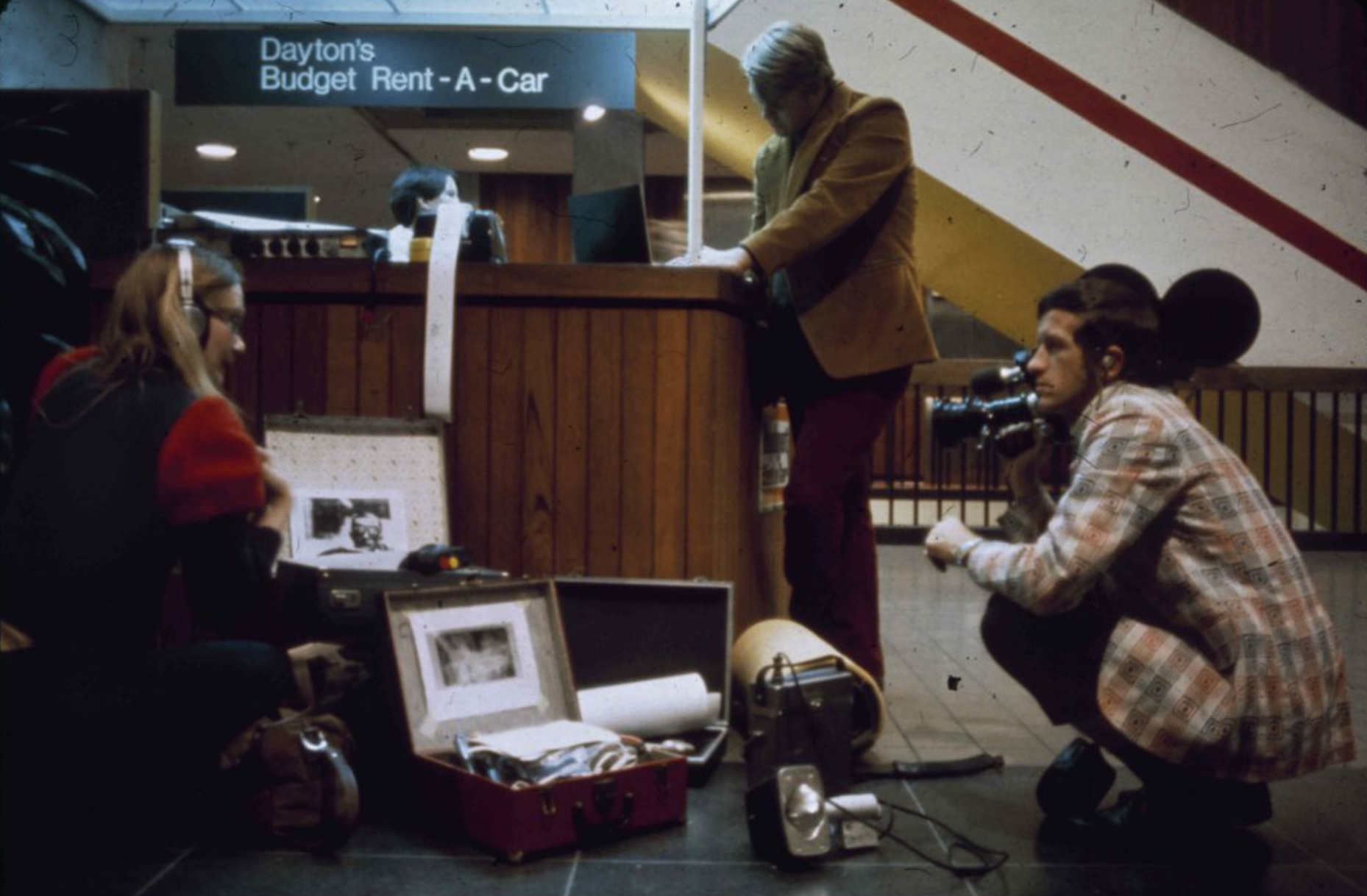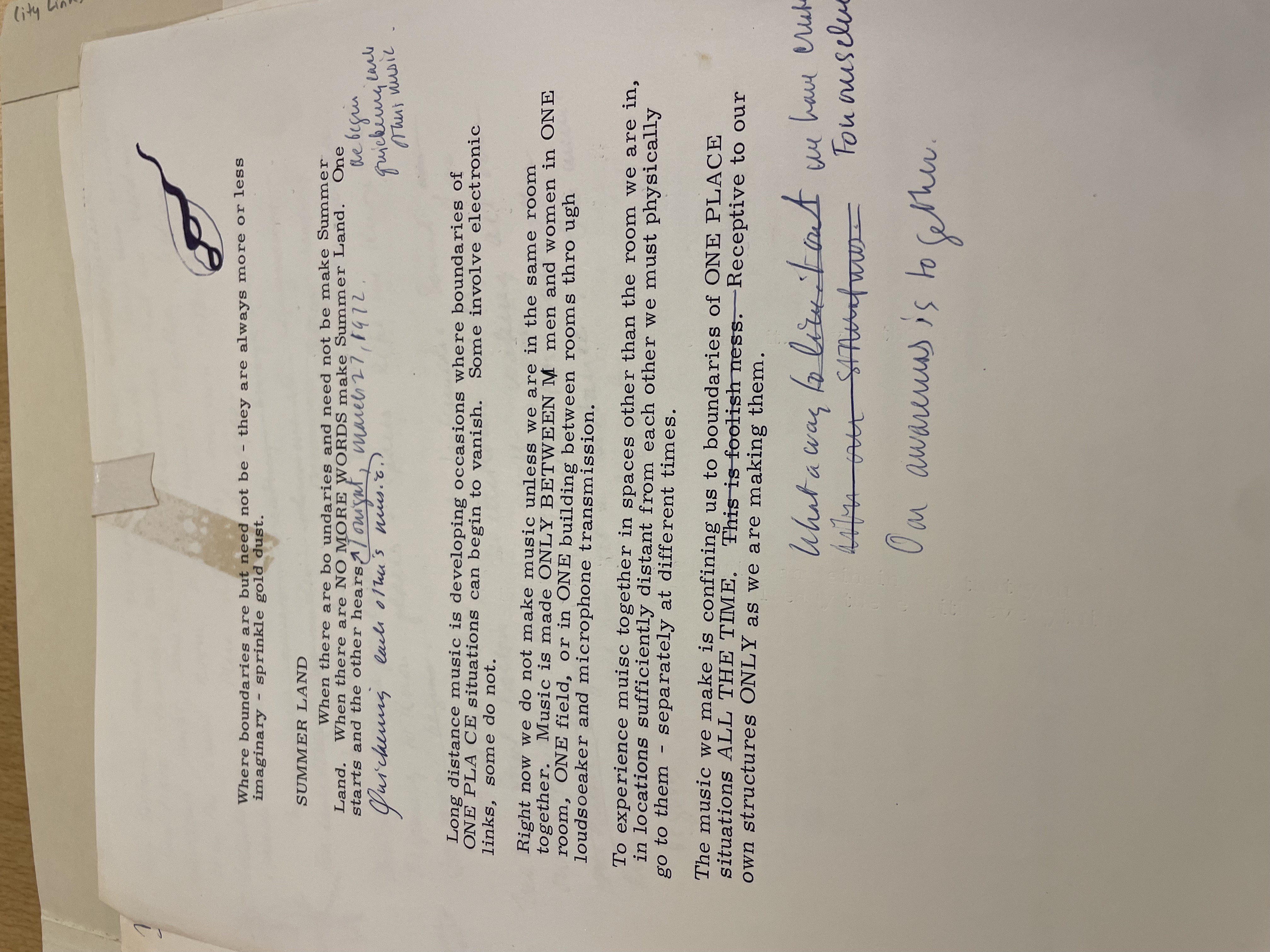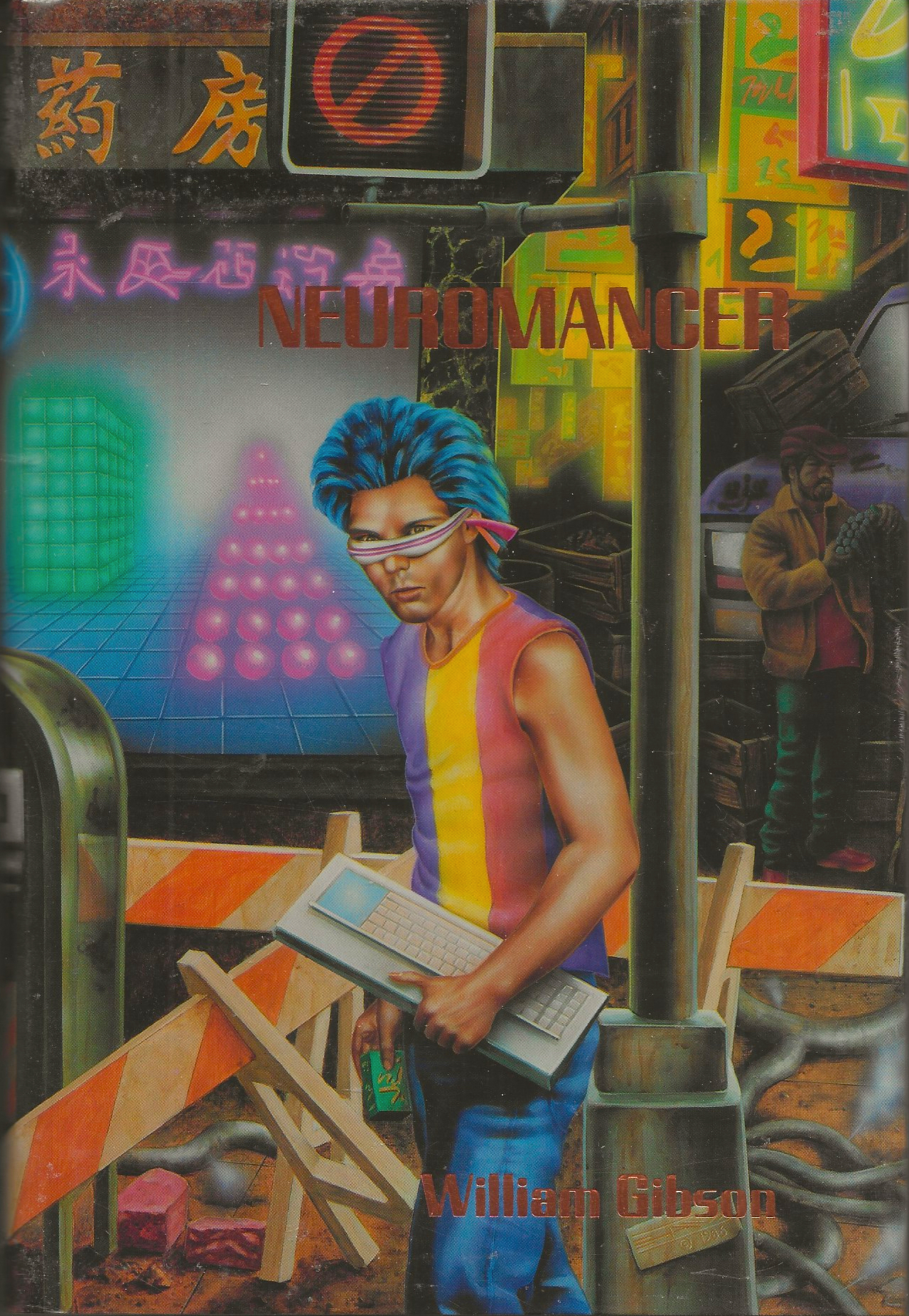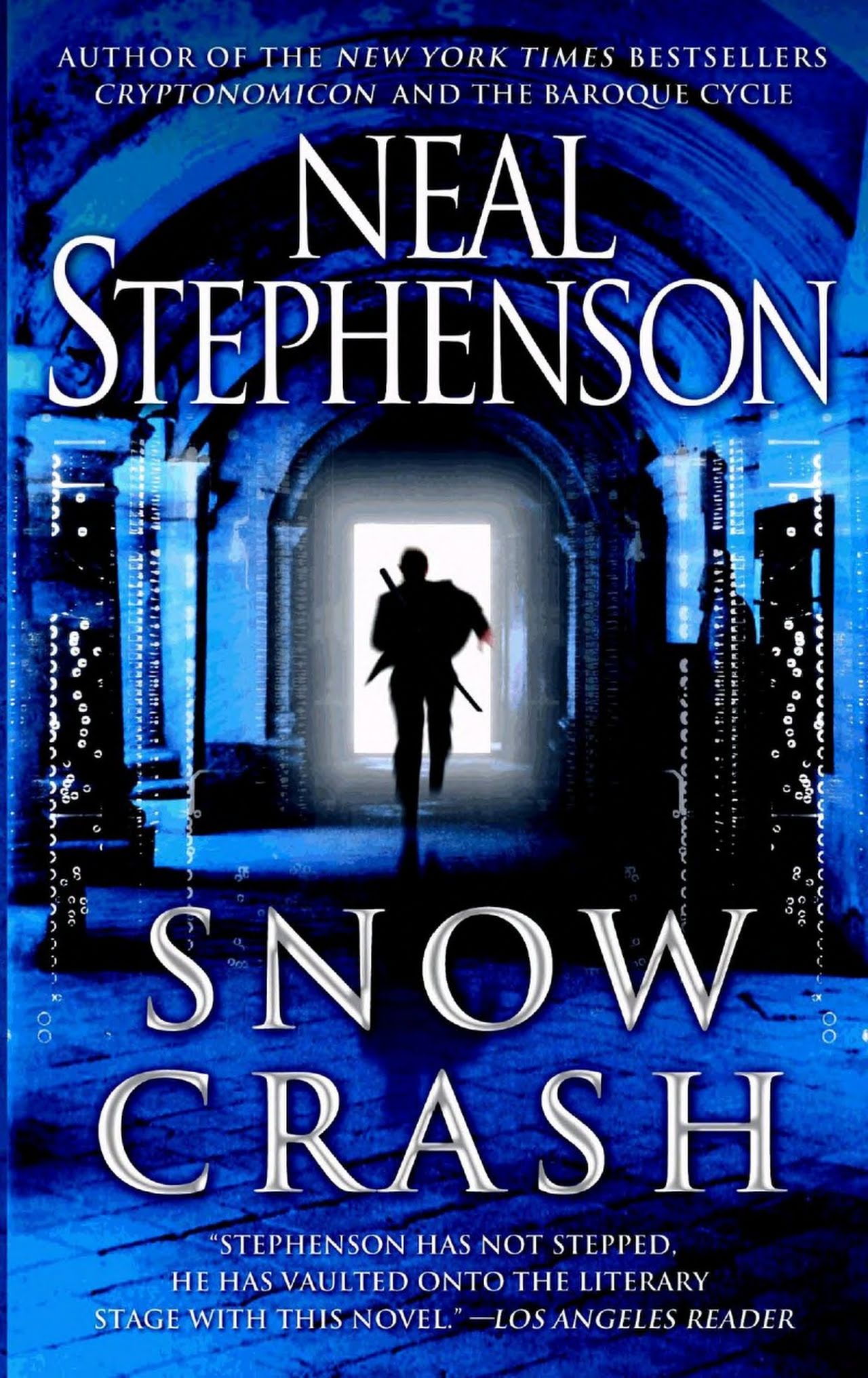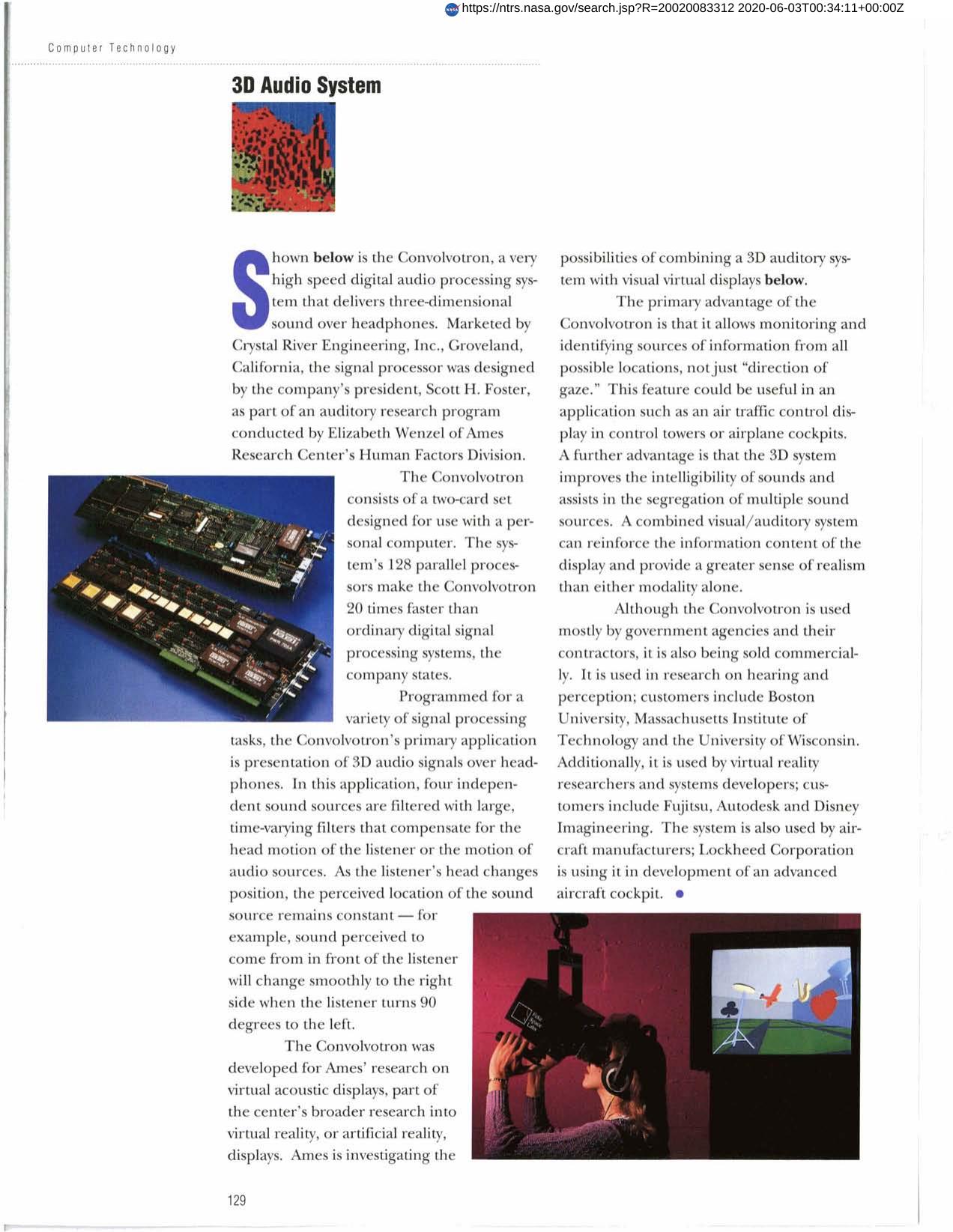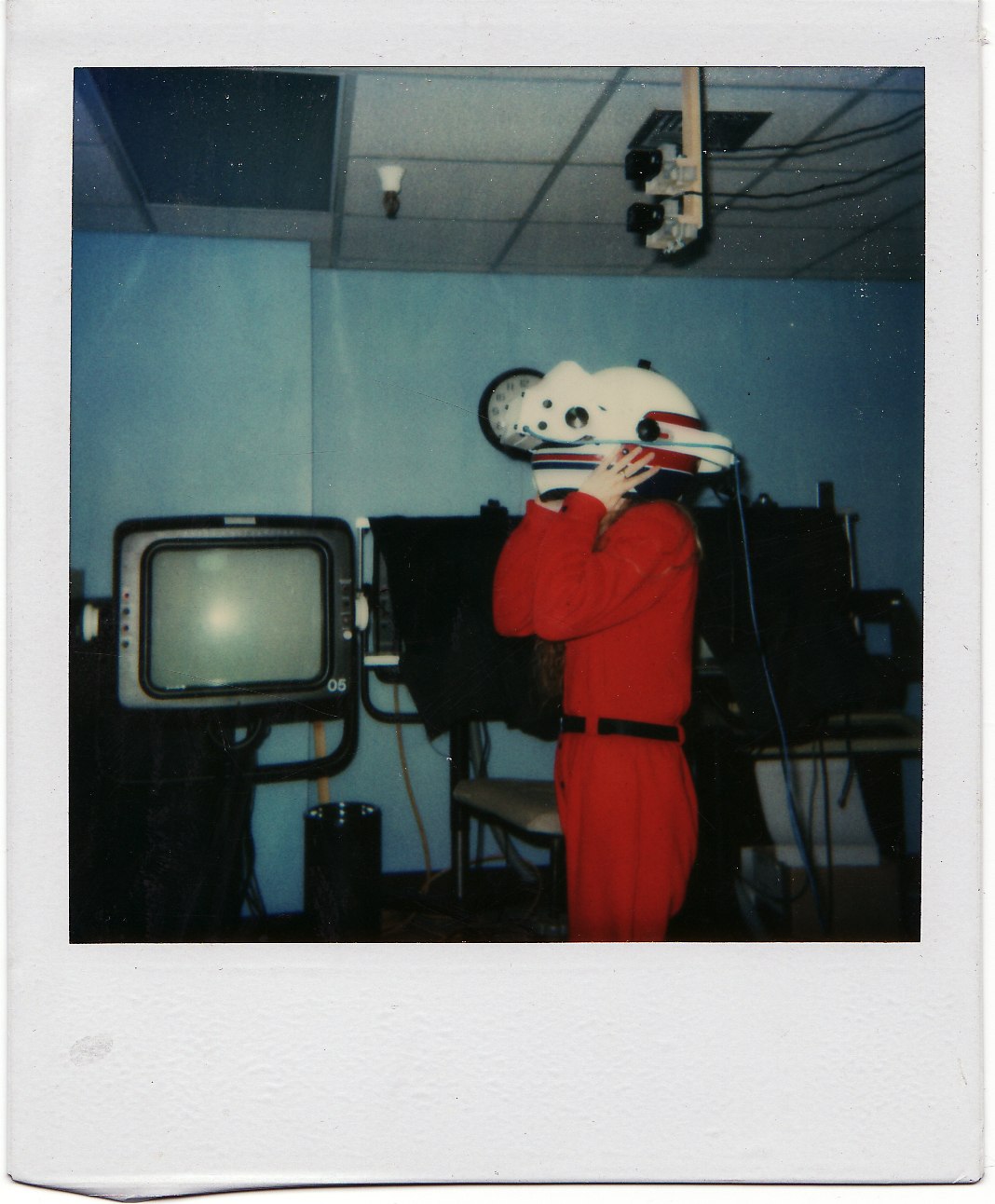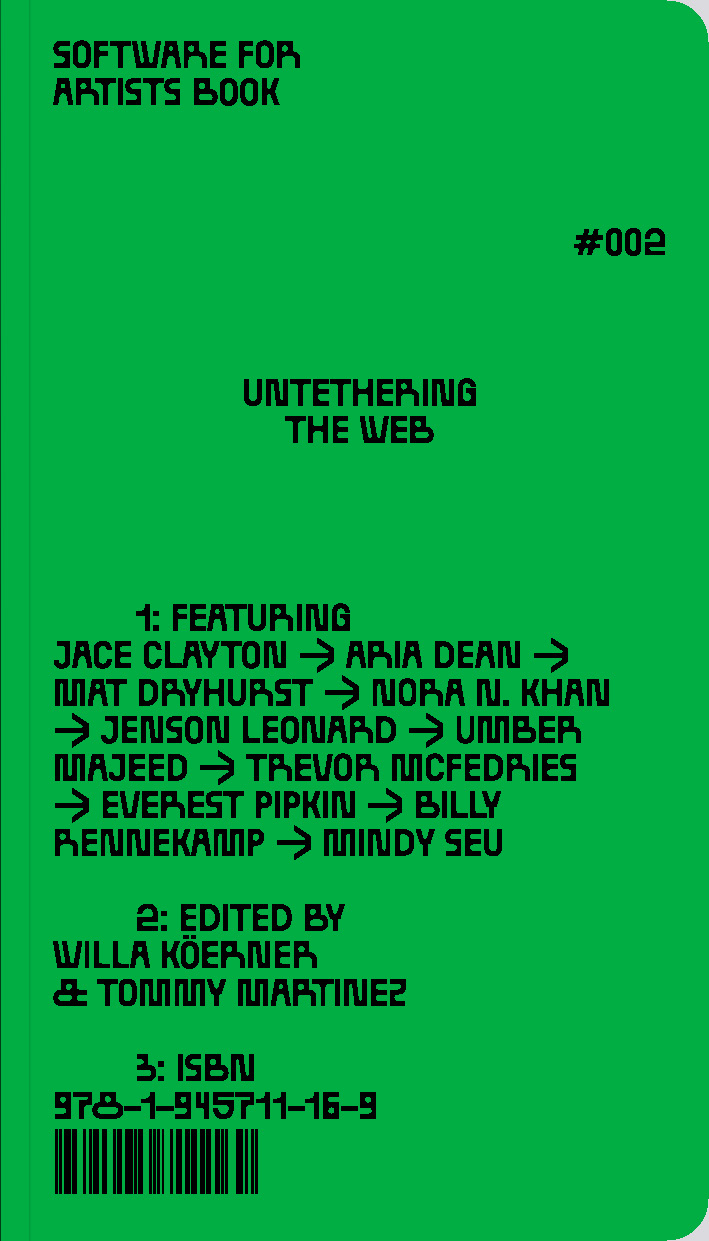"My project is simple to describe. It is a piece of music, Variation VII, indeterminate in form and detail, making use of the sound system which has been devised collectively for this festival, further making use of modulation means organized by David Tudor, using as sound sources only those sounds which are in the air at the moment of performance, picked up via the communication bands, telephone lines, microphones together with, instead of musical instruments, a variety of household appliances and frequency generators. The technical problems involved in any single project tend to reduce the impact of the original idea, but in being solved they produce a situation different than anyone could have pre-imagined.
Merce's Studio, Luchow's Restaurant, over public street, sanitation dept, aviary, the Time's press, Terry Riley's turtle tank 🐢
